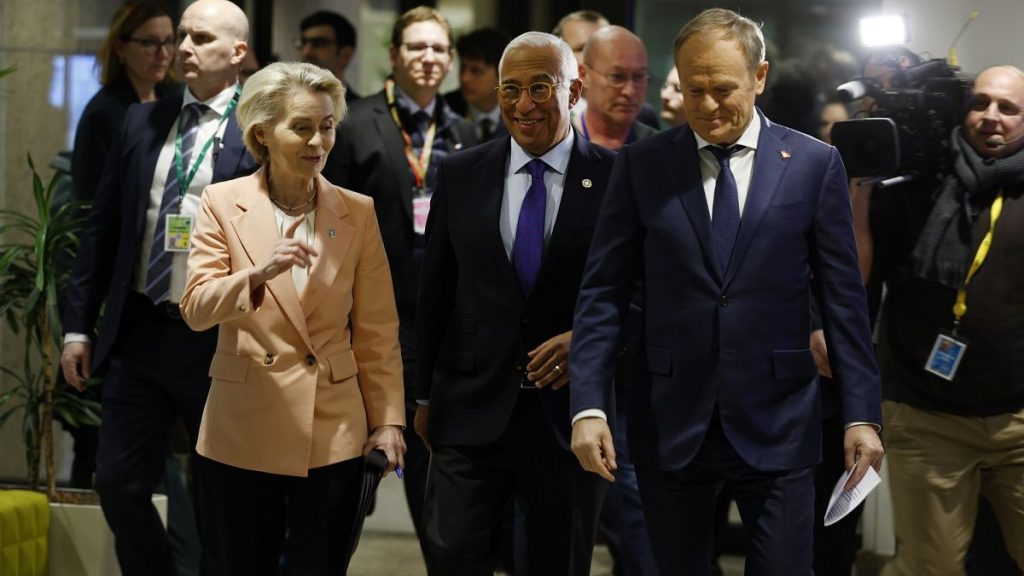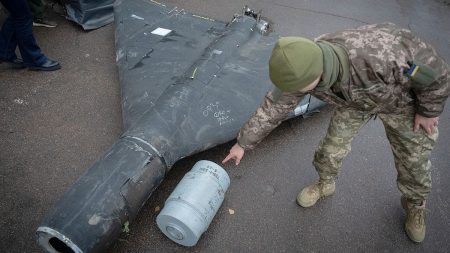The European Union faces a significant funding gap in its defense capabilities, requiring an estimated €500 billion investment over the next decade. This substantial sum is deemed necessary to sustain support for Ukraine while simultaneously bolstering the EU’s own defense posture after years of underinvestment. EU leaders, however, have yet to agree on the best approach to increase defense spending, instead tasking the European Commission to explore options for both national and common funding initiatives. The Commission’s upcoming White Paper on Defence, due in March, is expected to detail these options further.
One key area of discussion revolves around the Stability and Growth Pact, which sets limits on member states’ government deficits and debt. Leaders have requested the Commission to examine potential flexibilities within the Pact to accommodate increased national defense spending. Several countries, already subject to the Pact’s Excessive Deficit Procedure, are advocating for a review similar to the suspension of fiscal rules during the COVID-19 pandemic. This precedent allowed governments to provide financial aid to businesses and citizens impacted by the pandemic.
Alongside national spending, the Commission is also exploring options for common financing. These include modifications to the European Investment Bank’s (EIB) lending rules and engagement with private European banks. The EIB’s mandate was recently expanded to include more dual-use projects, and its investment in security and defense has already increased significantly, with further growth anticipated. Adapting the EIB’s rules could encourage private banks to follow suit, potentially tapping into the substantial household savings within Europe, which currently see limited investment in defense due to sustainability concerns under the EU taxonomy.
While these options are under consideration, other, potentially more innovative, ideas were also discussed by EU leaders, including additional common funding mechanisms. However, the controversial subject of joint borrowing, championed by some countries but vehemently opposed by others like the Netherlands, remains a significant point of contention. The limited funding allocated to defense in the current EU budget cycle, coupled with the upcoming negotiations for the next multiannual financial framework, highlights the urgency of finding solutions to bridge the substantial financing gap.
Reaching the NATO target of 2% GDP spending on defense would represent a significant boost, but several EU members are still below this threshold. Furthermore, NATO is expected to raise this target significantly in the near future, increasing the pressure on member states. Beyond financial resources, the EU is also focusing on improving its defense industrial base. Leaders have tasked the Commission with simplifying EU procurement rules to enhance coordination, reduce costs, and promote economies of scale.
Finally, discussions have centered on prioritizing specific military capabilities, with air and missile defense, missiles and ammunition, military mobility, and strategic enablers identified as key areas. While the concept of a “European preference” in procurement to promote strategic autonomy has been raised, it remains a divisive issue. The focus, however, is on ensuring that investments yield returns in terms of increased know-how and job creation within Europe. Partnerships with allies like NATO, the US, and the UK are also crucial, with continued dialogue planned to further strengthen security and defense cooperation.










